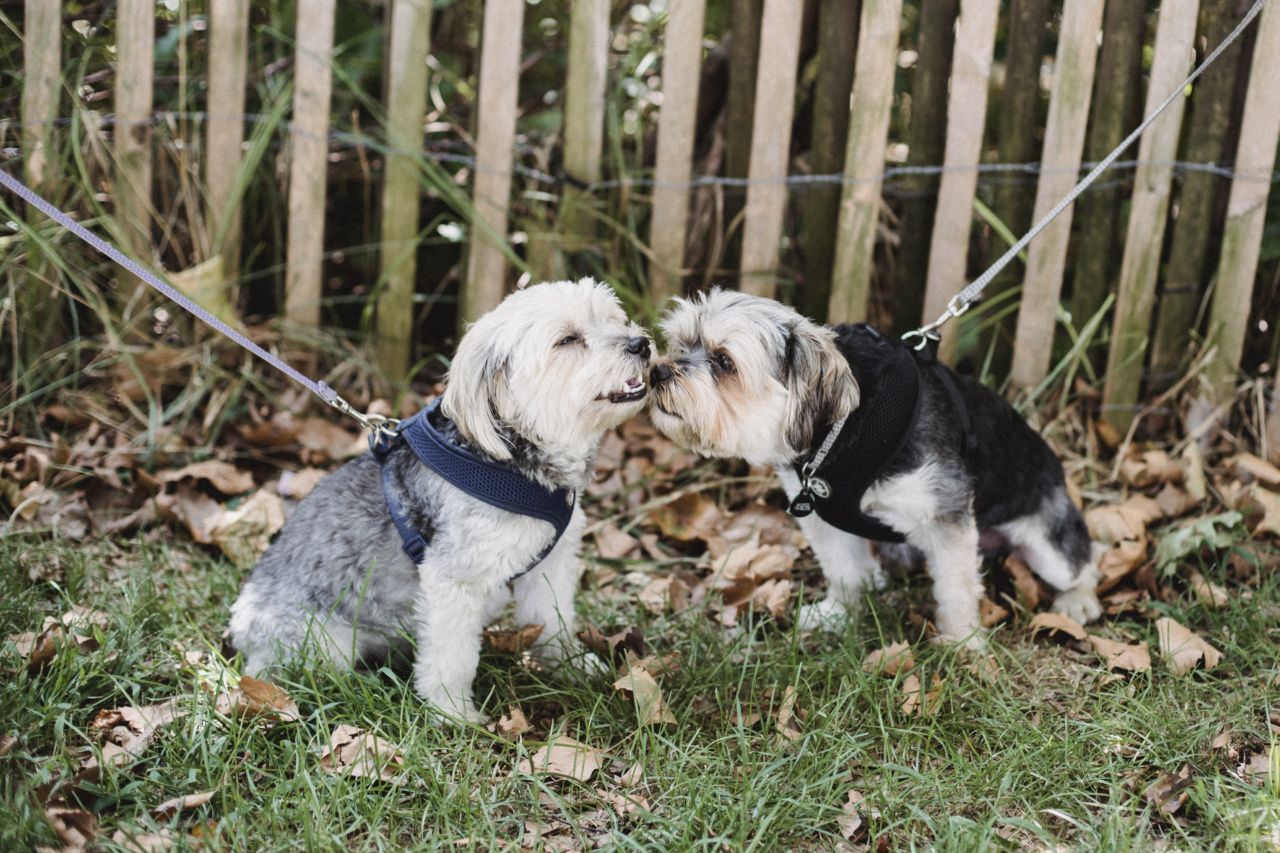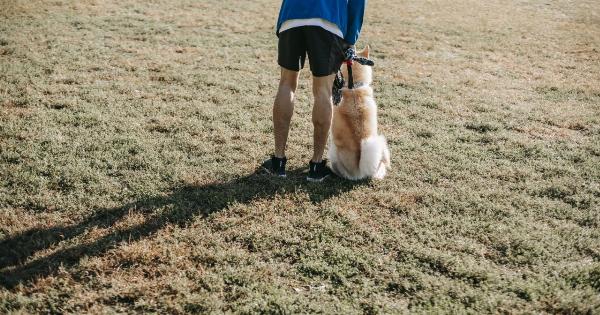Teaching your pup to calmly accept their collar and leash is an essential part of their training. It not only helps with walks and outings but also establishes a sense of routine and structure for your furry friend.
By teaching this behavior early on, you are setting your pup up for success and ensuring a happy and well-behaved companion.
1. Start with Positive Associations
One effective way to introduce the collar and leash is by associating them with positive experiences. Begin by placing the collar near your pup’s food bowl or favorite treats.
This creates a positive association and enables your pup to view the collar as something enjoyable rather than stressful.
2. Introduce the Collar Gradually
Once your pup associates the collar with positive experiences, you can gradually introduce it to them. Start by holding the collar in your hand and allowing your pup to sniff and investigate it.
Reward them with treats and praise when they show curiosity towards the collar. Slowly, you can progress to touching their neck with the collar, always rewarding your pup for their calm behavior.
3. Teach Your Pup to Love Their Collar
Make the collar a desirable object for your pup. Attach a lightweight, comfortable collar, and let your pup wear it for short periods around the house. Keep a watchful eye to ensure they don’t get tangled or caught on objects.
Use treats and positive reinforcement to reward your pup for wearing the collar calmly.
4. Introducing the Leash
Once your pup is comfortable with wearing their collar, it’s time to introduce the leash. Attach a lightweight leash to the collar and let your pup explore and walk around with it in a safe and controlled environment.
Again, reward them with treats and praise for their calm behavior.
5. Gradual Leash Training
Begin leash training by letting your pup drag the leash around in a supervised area, such as your backyard. This helps them get used to the sensation of the leash without any added pressure.
Use treats and positive reinforcement to reward your pup for not pulling or resisting the leash.
6. Teaching Loose Leash Walking
Once your pup is comfortable with the leash, you can start teaching them to walk on a loose leash. Choose a quiet and familiar location for your training sessions.
Use treats and positive reinforcement to reward your pup for walking beside you without pulling. Practice short sessions initially and gradually increase the duration of your walks.
7. Patience and Consistency
Teaching your pup to accept their collar and leash requires patience and consistency. Keep training sessions short but frequent, focusing on positive reinforcement and reward-based methods.
Avoid punishments or negative reinforcement, as this can create anxiety and resistance in your pup.
8. Seek Professional Help if Needed
If you encounter challenges or difficulties during the training process, don’t hesitate to seek professional help. A professional dog trainer can provide guidance and support tailored to your pup’s specific needs.
They can help address any behavioral issues and ensure a successful training experience.
9. Socialize Your Pup
Regular socialization plays a crucial role in your pup’s overall development and acceptance of collars and leashes.
Expose your pup to various environments, people, and other animals to help them feel comfortable and confident in different situations. Socialization also aids in reducing anxiety and fear, leading to a more relaxed and accepting attitude towards their collar and leash.
10. Make It Fun
Above all, make the training process enjoyable for both you and your pup. Incorporate playfulness and fun into the sessions to keep them engaged and motivated. Use toys, treats, and games during walks to make the experience positive and rewarding.
By associating their collar and leash with happiness and excitement, your pup will be eager to wear them and embark on adventures by your side.


























